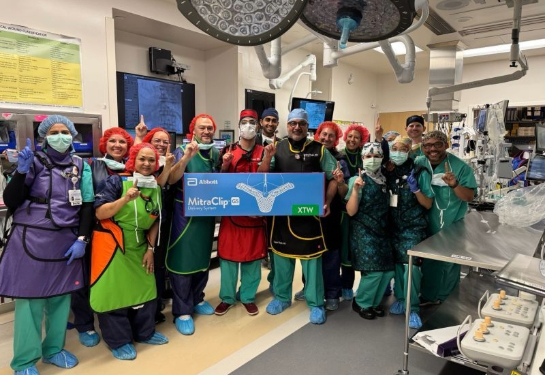Vascular Surgery
Nationally renowned vascular surgeons treat complex vein and artery conditions. You have access to innovative options as well as tried-and-true treatments in a caring environment.
Medically reviewed by Mimmie Kwong, M.D. on July 14, 2025.
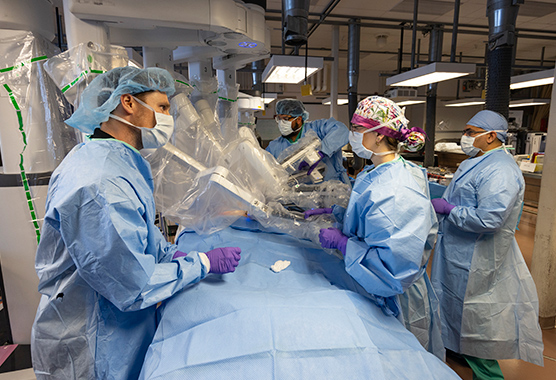
Nationally Recognized Vascular Surgery
At UC Davis Health, you are in caring and capable hands. Our Division of Vascular and Endovascular Surgery is the region’s largest vascular specialty group. We have long been recognized as one of the nation’s top programs, according to U.S. News & World Report.
People throughout the Sacramento area put their trust in us because we successfully treat the most complex conditions. Our services lower the risk of life-altering complications like stroke and amputation.
We are also one of the few programs in the region delivering seamless, team-based care. Vascular surgeons work alongside experts from cardiac surgery, vascular and interventional radiology, nephrology, and other departments whenever necessary.
Types of Vascular Surgery
We treat conditions affecting your vascular system, the network of blood vessels outside your brain and heart. You have access to many types of vascular surgery, including minimally invasive procedures, which use small incisions and instruments. We also excel in traditional open surgery.
Arterial Bypass Graft
Surgeons create a different path for blood flow to bypass a narrowed blood vessel. Your surgeon uses your own vein, taken from another area of your body, or uses a prosthetic graft to create this bypass.
Atherectomy and Endarterectomy
Atherectomy is a minimally invasive procedure that removes plaque build-up using a catheter with a specialized plaque-destroying tip. Endarterectomy involves an open surgical approach that allows manual removal of large, difficult plaques.
Aneurysm Repair
Surgeons fix weak spots in blood vessel walls that might rupture. Options include open surgical replacement of the weakened vessel or endovascular aneurysm repair (EVAR), a minimally invasive stent procedure to cover the area of weakness. You may need this procedure if you have an abdominal aortic aneurysm or a thoracic aortic aneurysm.
Angioplasty and Stenting
We use balloons to widen narrowed blood vessels and insert a hollow metal mesh (stent) to help keep them open. This procedure may delay or prevent the need for peripheral bypass surgery.
Limb Preservation
Vascular surgery experts use special techniques to improve blood flow to your lower limbs. This helps you avoid amputation. The procedures are for people with critical limb ischemia, a severe form of peripheral arterial disease (PAD).
Minimally Invasive Treatment for Chronic Venous Insufficiency
We use a catheter with laser energy or radiofrequency waves to seal damaged veins. We can also inject medications or make tiny cuts to remove smaller varicose veins. These techniques improve blood flow from your legs and feet to your heart. It is for people with chronic venous insufficiency.
Vascular Access
Our surgeons create vascular access to a blood vessel. This access makes it easier to receive treatments like dialysis or chemotherapy.
Peripheral Vascular Bypass
We use bypass procedures to relieve severe blockages affecting a large portion of the artery tissue. Surgeons take a healthy blood vessel or a prosthetic graft to route blood flow around the blocked area.
Transcarotid Artery Revascularization (TCAR)
TCAR repairs narrow passages found in carotid artery disease. The carotid arteries deliver blood to your head. UC Davis Health was the first provider in the region to offer it. We also maintain a Center of Excellence designation for our commitment to high-quality care.
Request an Appointment
As Sacramento's No. 1 hospital, you'll benefit from unique advantages in primary care and specialty care. This includes prevention, diagnosis and treatment options from experts in 150 specialties.
Referring Physicians
To refer a patient, submit an electronic referral form or call.
800-4-UCDAVIS
Patients
Call to make an appointment.
Consumer Resource Center
800-2-UCDAVIS
We perform an evaluation to help plan your procedure. You may undergo tests, like a duplex ultrasound, in our vascular lab. We also explain how treatment works and preparation instructions so you know what to expect on surgery day.
-
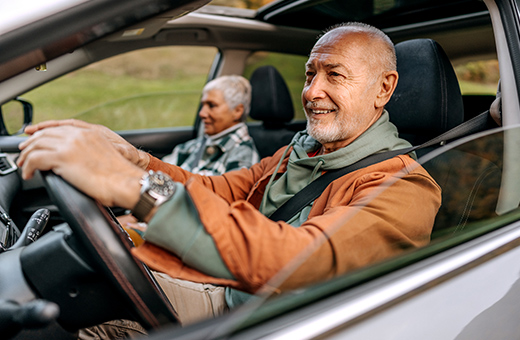
Pre-Operation
It’s essential to follow your care team’s surgery day instructions. They may include not taking daily medications, having a loved one available to bring you home, and arriving with an empty stomach.
-
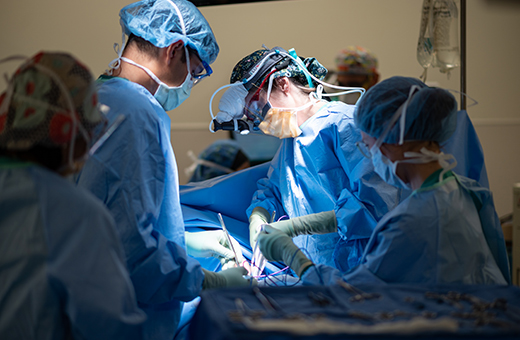
During Surgery
What happens during your procedure depends on the type of surgery you have. We give you medications that block discomfort and may put you to sleep. Our vascular surgery team’s attention to every detail leads to precise care.
-
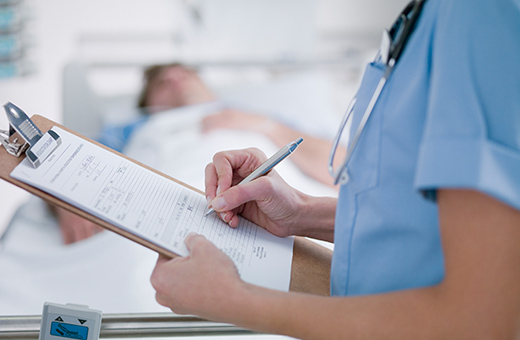
Post-Operation
In some cases, your recovery starts with a hospital stay, so our team can carefully monitor your progress. You will likely go home after a few hours if you have had a minimally invasive procedure.
What to Expect After Vascular Surgery
Recovering from vascular surgery takes time. You receive personalized instructions before leaving the hospital. We explain how to care for yourself at home and help schedule follow-up appointments.
Recovering at Home
You’ll need to take it easy at first. Get plenty of rest. But try to avoid sitting or lying still for long periods. You’ll also need to protect the incision from infection.
Follow-Up Appointments
You see your vascular surgeon a few days after going home. If you have an ongoing vascular condition, you may need periodic testing to check for early signs of complications.
Returning to Daily Activities
A gradual return to daily activities is best after vascular surgery. For some procedures, it can take several weeks to recover fully. We will let you know when it’s safe to perform physical activity, start driving, and return to work.
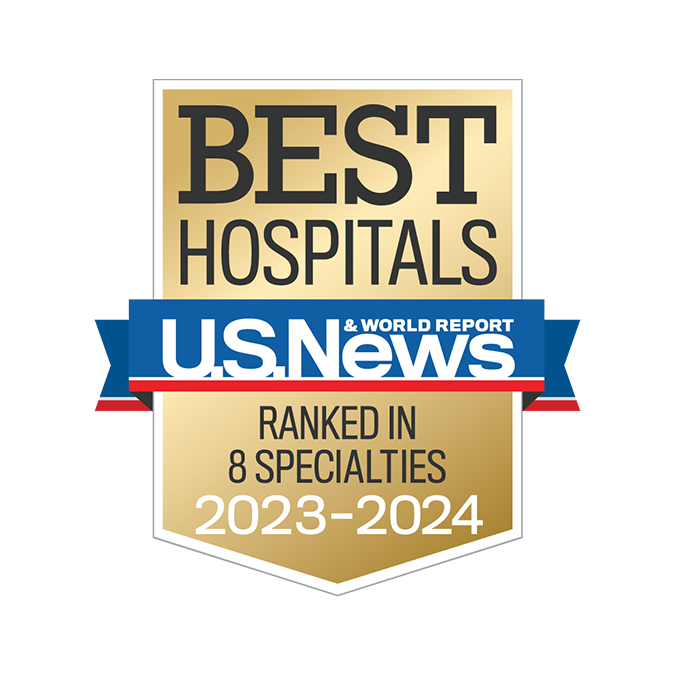
Ranked among the nation’s best hospitals
A U.S. News & World Report best hospital in cardiology, heart & vascular surgery, diabetes & endocrinology, ENT, geriatrics, neurology & neurosurgery, and pulmonology & lung surgery.
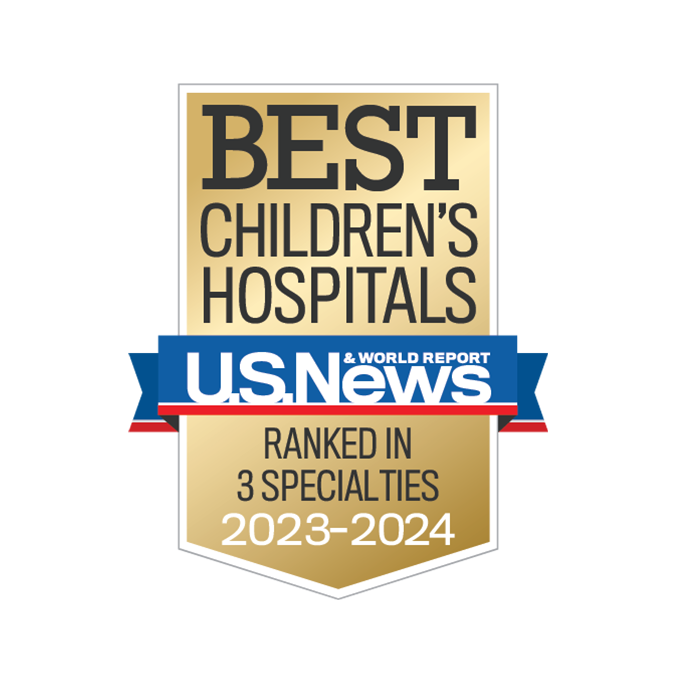
Ranked among the nation’s best children’s hospitals
U.S. News & World Report ranked UC Davis Children’s Hospital among the best in pediatric nephrology, orthopedics*, and pulmonology & lung surgery. (*Together with Shriners Children’s Northern California)

Ranked Sacramento’s #1 hospital
Ranked Sacramento’s #1 hospital by U.S. News, and high-performing in aortic valve surgery, back surgery (spinal fusion), COPD, colon cancer surgery, diabetes, gynecological cancer surgery, heart arrhythmia, heart failure, kidney failure, leukemia, lymphoma & myeloma, lung cancer surgery, pacemaker implantation, pneumonia, prostate cancer surgery, stroke, TAVR, cancer, orthopedics, gastroenterology & GI surgery, and urology.
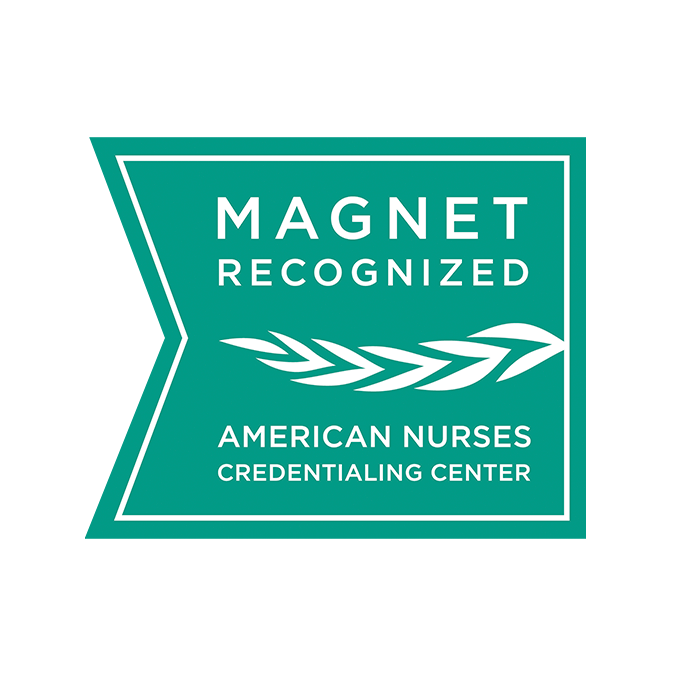
The nation’s highest nursing honor
UC Davis Medical Center has received Magnet® recognition, the nation’s highest honor for nursing excellence.
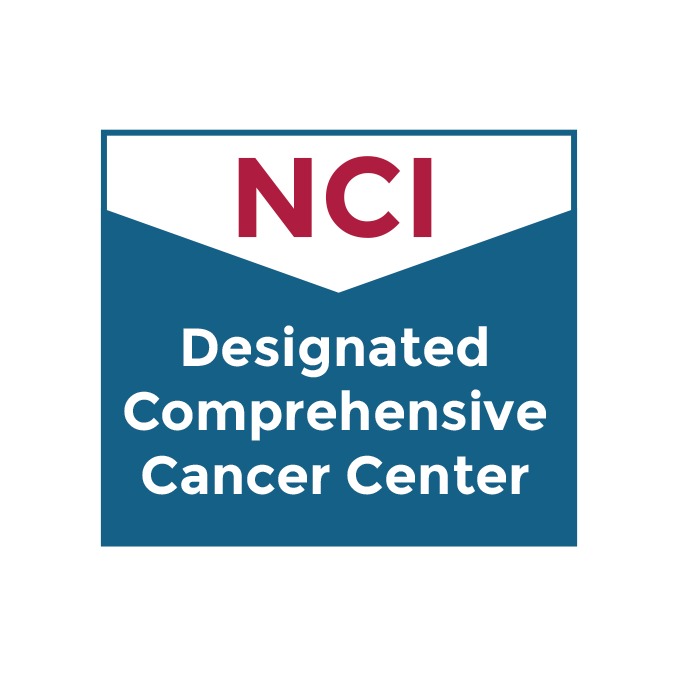
World-class cancer care
One of ~59 U.S. cancer centers designated “comprehensive” by the National Cancer Institute.
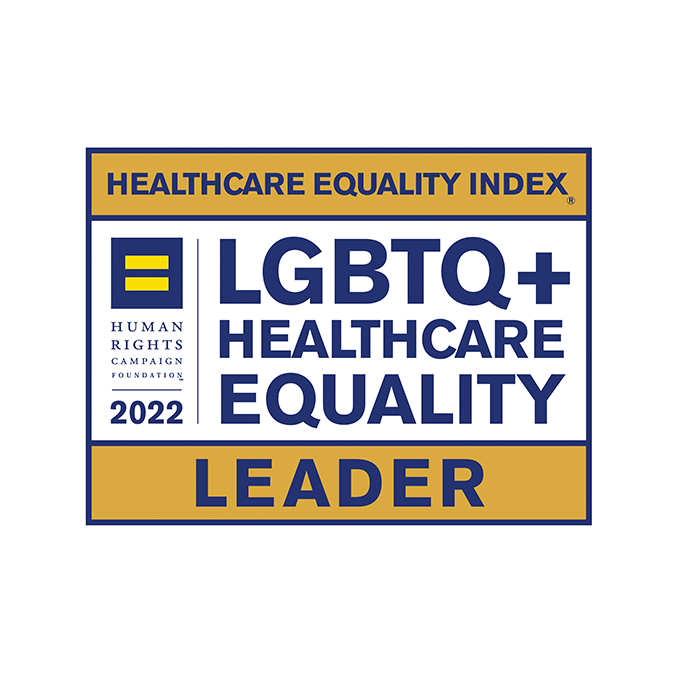
A leader in health care equality
For the 13th consecutive year, UC Davis Medical Center has been recognized as an LGBTQ+ Healthcare Equality Leader by the educational arm of America’s largest civil rights organization.

